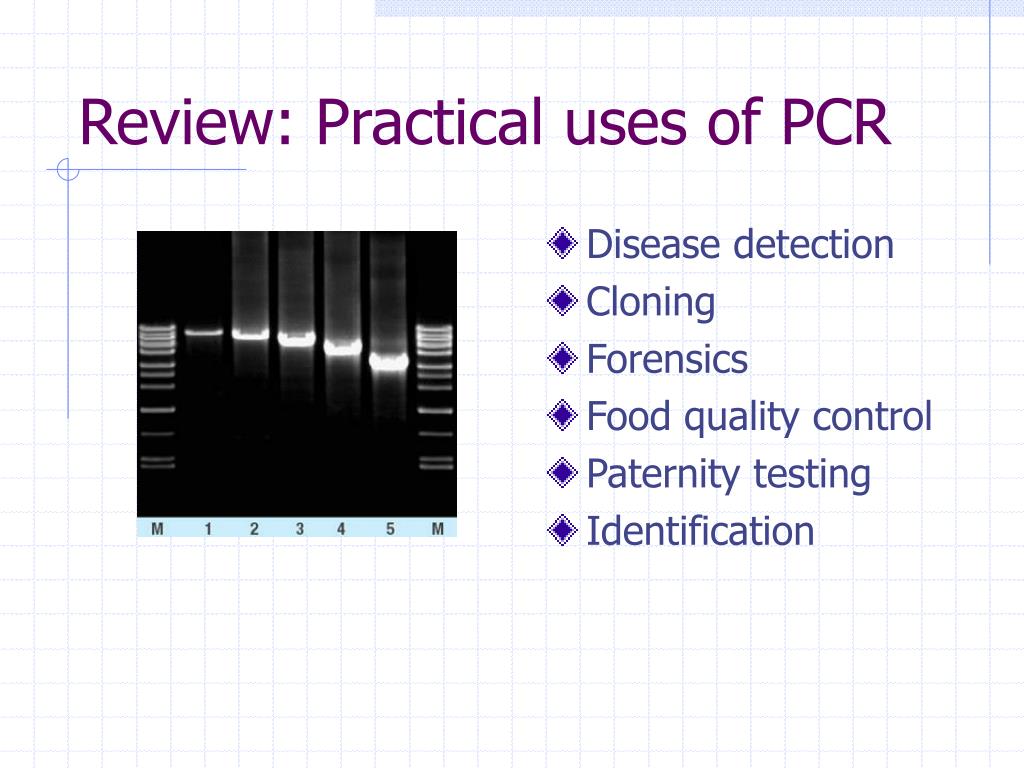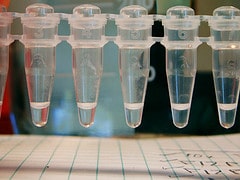

Thaw and mix each dNTP solution before use. Excessive dNTP and magnesium concentrations reduce PCR fidelity.

Use purification kits designed for the type of template DNA. Purify genomic DNA carefully and avoid sharing.Low quality template, low abundance or complex template Excessive primer concentration can reduce PCR specificity due to increased miss-priming. Optimal primer concentration is determined empirically. Primers should always be present in excess in the reaction mixture and at equal concentrations, typically within the range of 0.1 μM to 1 μM. The purity and chemical integrity of the primers is crucial for good PCR results.If possible, choose primers with one or two Gs or Cs at the 3’ end. Ideally, use primers with about 50% GC content. Design primers of 20–30 nucleotides in length.Complementarity at the 3' ends causes the formation of primer–dimers and is one of the most common PCR problems.
PCR TROUBLESHOOTING BAND IN NEGATIVE CONTROL SOFTWARE
Software will help you to avoid primer self-complementarities, multiple template–primer complementarities, and direct repeats in the primer to prevent hairpin and primer–dimer formation. If possible, use dedicated software for primer design.Similar controls can be used to test primers and other reagents for PCR inhibition. Compare result with the control reaction that does not contain the questionable template. Include a positive control reaction for each experiment to help to identify the source of inhibiting impurities.To determine whether a questionable template preparation is inhibiting PCR, add template and primers that are known to work for a new reaction.Remove contaminants with ethanol precipitation and wash the DNA pellet with 70% ethanol. Trace amounts of contaminants remaining sometimes after DNA purification, such as phenol, EDTA or proteinase K, can inhibit PCR.Purify template DNA and use highest quality reagents for PCR, especially dNTPs and primers, from reliable a supplier. Inhibitors coming from template, primers and low-quality reagents can reduce PCR yield.Loading excessive reaction volumes might cause sizing and quantification problems in case of high yields. Loading insufficient reaction volumes might incorrectly be interpreted as no yield in case of low yields. When performing electrophoresis, it is generally advisable to load different volumes (2–10µl) of the reaction onto the gel.To save time and effort, special enzymes, buffer and master mix formulations that contain electrophoresis loading dyes can be used to allow loading the PCR products directly onto the gel. If the PCR is performed with standard reagents that do not contain dyes, add DNA loading dye to reactions prior loading onto the gel.

By using appropriate DNA Ladders and DNA Loading Dyes one can both determine the size of the PCR product and approximately quantify the DNA by comparing the intensity of the band with a closest size DNA band of the ladder of the well known quantity. For approximate quantification of the PCR product a standard agarose gel electrophoresis and ethidium bromide staining is most commonly used.Make sure that the gel is stained correctly and the DNA ladder is well visible. If there are suspicions that this can be detection problem, run the gel once more, load more PCR product on the gel, if possible. Recheck electrophoresis conditions and performance of the dye used for the gel staining.


 0 kommentar(er)
0 kommentar(er)
